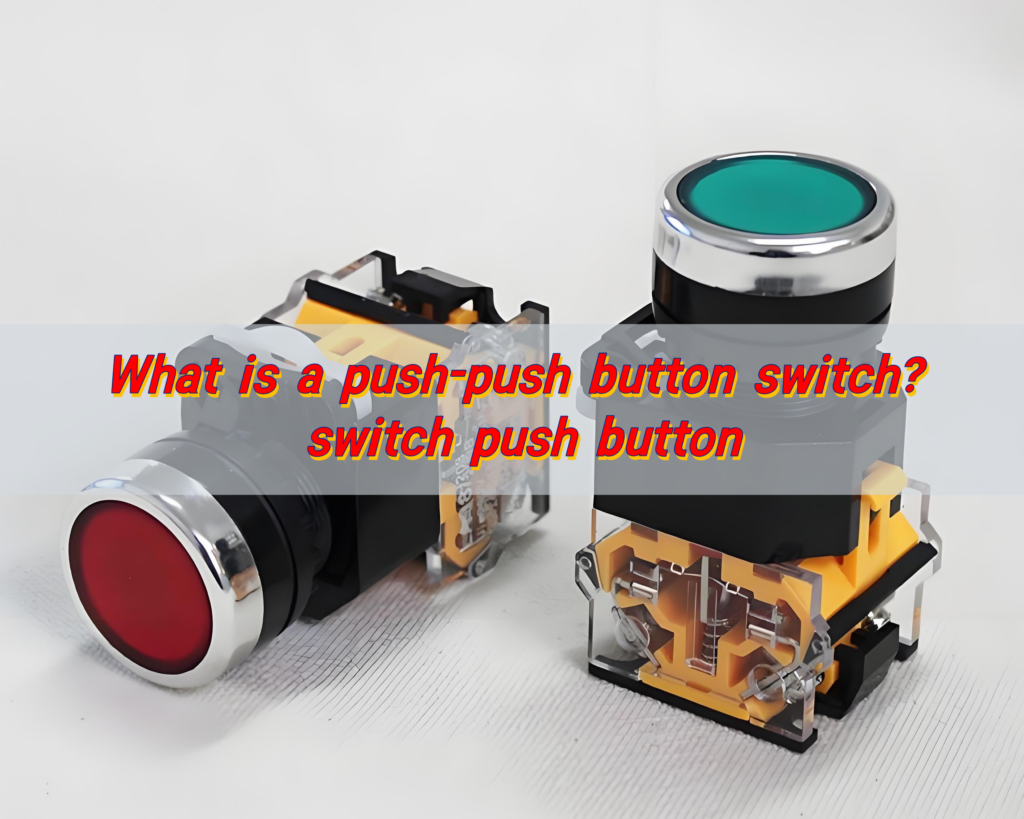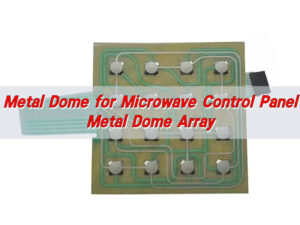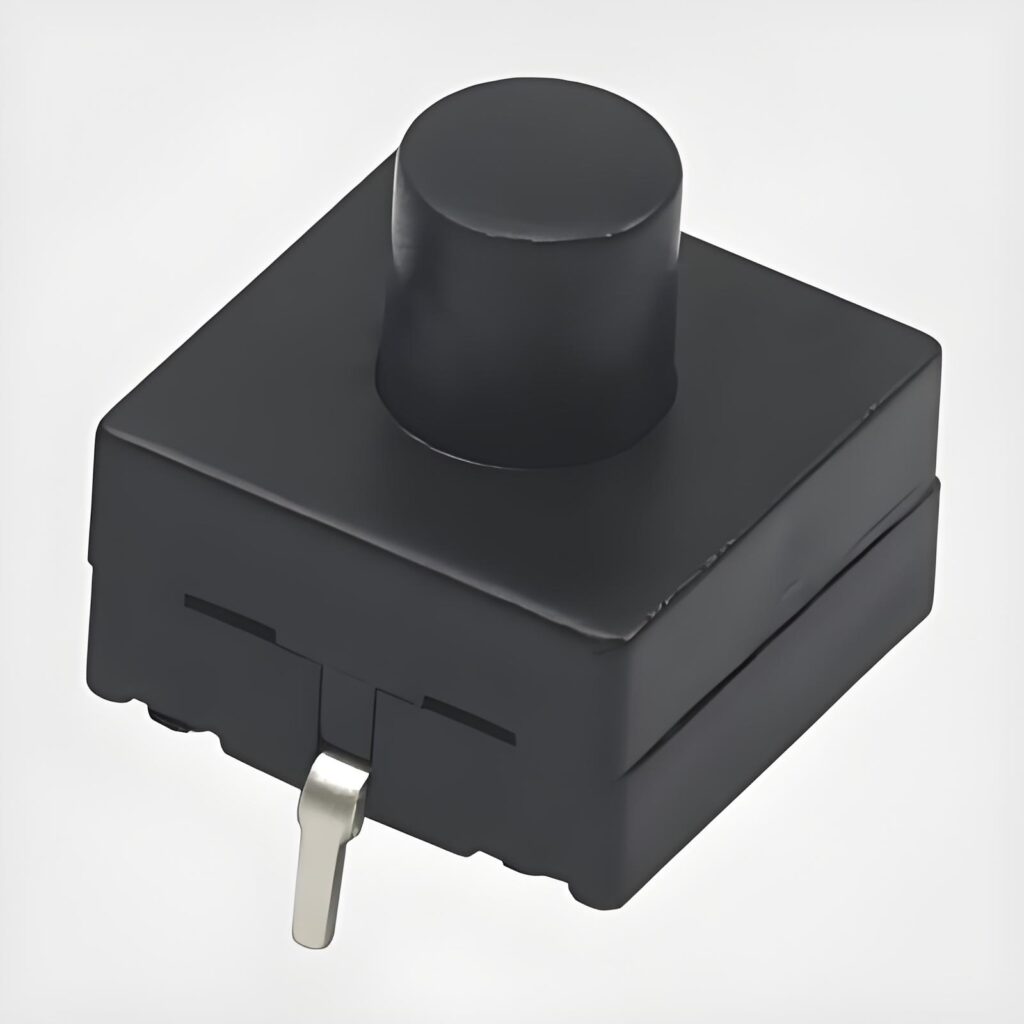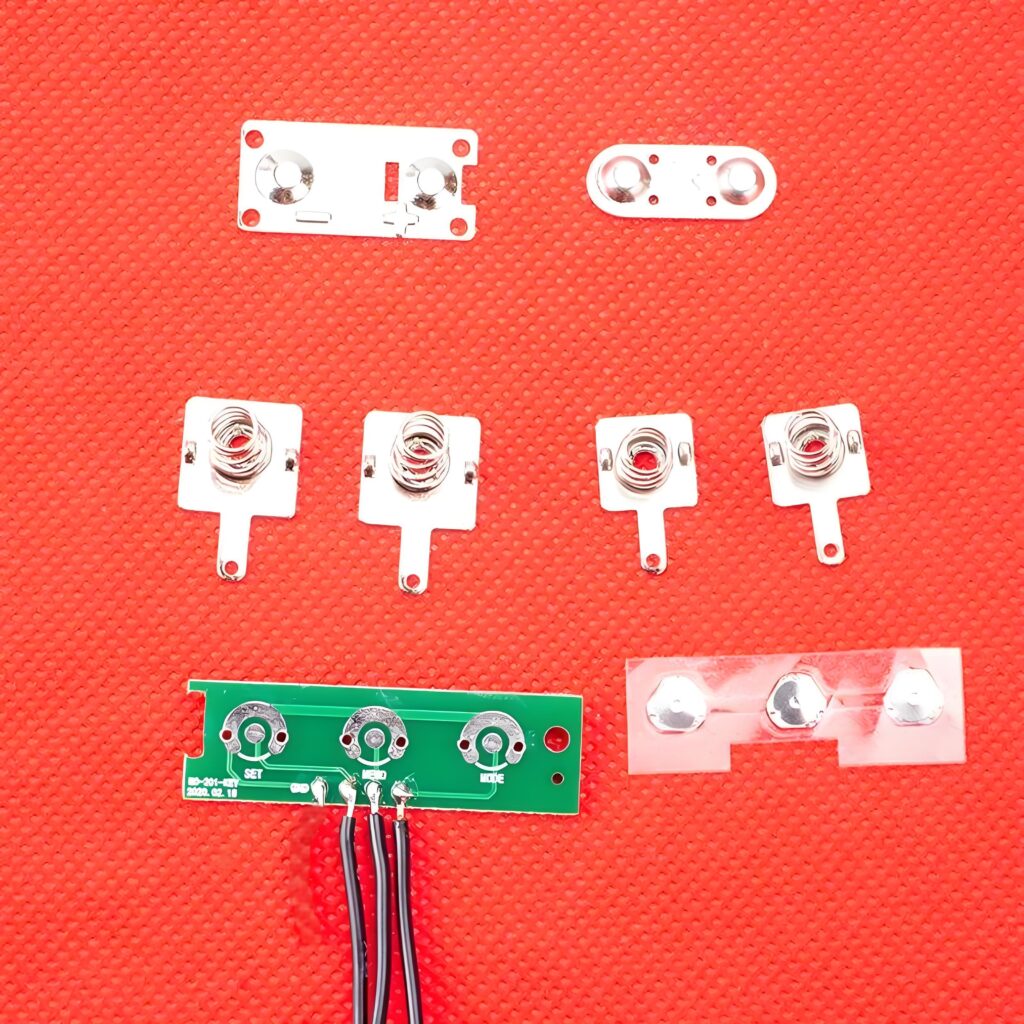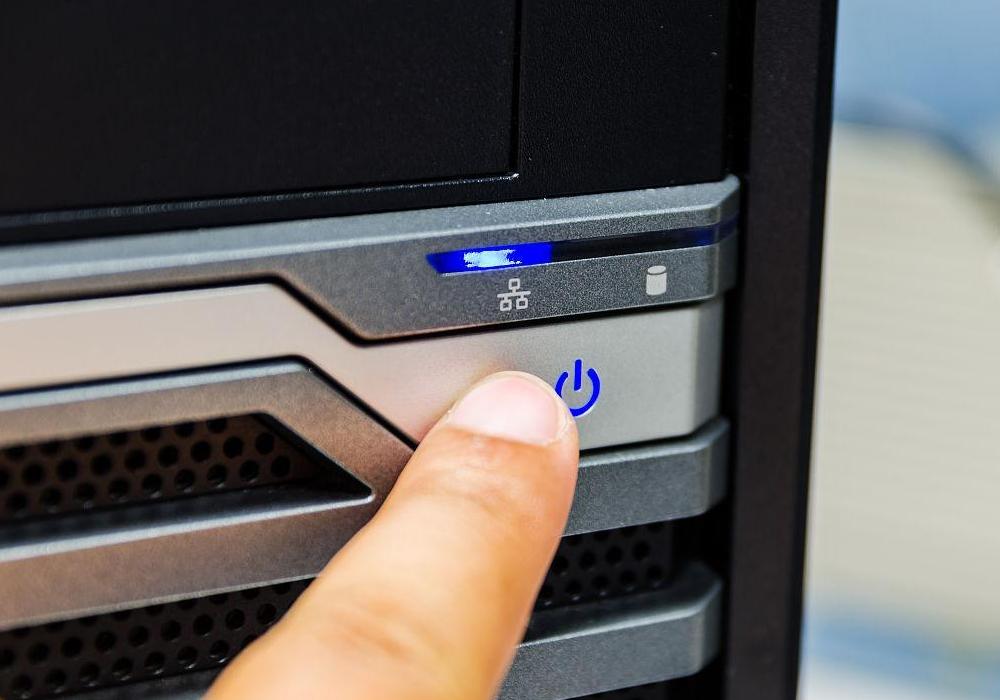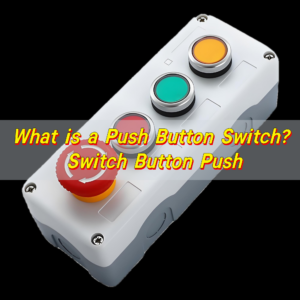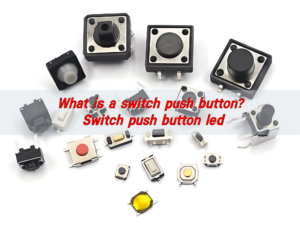A push-push button switch is an electronic component that switches a circuit on and off by pressing. It is widely used in household appliances, industrial equipment and other fields. It usually consists of a button, a spring and a contact. When pressed, the contact closes the circuit and the spring resets after releasing it, ensuring the reliability and convenience of operation.
Among them, the metal dome switch is a common type of push button switch. It uses the elastic deformation of the metal dome to achieve tactile feedback and circuit control. It has the advantages of high precision, long life and stable tactile feedback, and is suitable for various devices that require frequent operation.
What is a push push button?
Push-push button switch is a special type of push button that toggles between two states with each press. Push it once—it turns on. Push it again—it turns off. This action is also known as a push-on push-off mechanism.
Unlike a momentary push button switch, which only works while you’re pressing it, a push-push button maintains its state after you release it. This makes it ideal for devices where you need an easy on/off toggle.
The mechanism inside usually involves a small latch or spring system that locks the switch in place until it’s pushed again. They offer simplicity, tactile feedback, and reliability—all in one neat little package.
What is a push-on push-off switch called?
While you’ll often hear it referred to as a push-push button, the technical term is latching push button switch or toggle push button. The key feature is its ability to stay in one state until pushed again.
When you press it once, it connects the circuit (on). Press it again, and it breaks the connection (off). This differs from momentary switches, which only remain active while you’re holding them.
These switches are popular in consumer electronics and push button power switch circuits because they simplify user interaction. One touch powers on a device, and another touch powers it down.
What are the different types of push buttons?
- 1. Momentary Push Button Switches: These are the ones that only work while you’re pressing them. As soon as you let go, the connection ends.
- 2. Push-Push (Latching) Switches: Press once to latch on, again to latch off. Great for power control, like lamp push button switches or power push button switches in appliances.
- 3. Illuminated Push Buttons: These come with built-in lights. Common in dashboard controls and push button light switches.
- 4. Selector Push Buttons: Used in industrial machinery, these allow users to select different modes or functions.
- 5. Emergency Stop Buttons: A large, usually red push button that cuts power instantly. Designed for safety in machinery and automation.
How to wire a push button switch?
For a Simple On/Off Application: Power Source ? Connect to one terminal of the switch. Switch Output ? Connect the other terminal to the load (lamp, motor, etc.). Ground the circuit where needed.
If you’re using a push button on off switch, the internal latching mechanism will manage the on/off state. There’s no need for extra relays unless you’re controlling high-power equipment.
In power push button switch circuits, especially for electronics, you might wire it to control a relay or transistor that toggles a higher load.
How does a push button switch work?
At its heart, a switch push button works by either making or breaking a connection in an electrical circuit. When you press the button:
If it’s momentary, it temporarily connects the circuit. If it’s a push-push, it toggles the circuit on or off using an internal locking mechanism.
Inside, most switches use metal contacts. Pressing the button moves these contacts together. In a push push button switch, there’s also a mechanical latch or cam that holds the button in position until it’s pressed again.
What are the advantages of push button switches?
Push button switches come with a list of benefits that make them a go-to solution for many industries.
- Ease of Use: Just one press is all it takes. Whether you’re switching on a lamp or starting your car, the operation is intuitive.
- Compact and Versatile: From tiny devices to large control panels, push button switches can fit almost anywhere.
- Durability: Most switches are rated for thousands—or even millions—of actuations. This makes them a long-term solution.
- Design Flexibility: They come in all shapes, sizes, and colors. You can choose lighted options, different symbols, or even waterproof variants.
- Improved Safety: In some applications, like emergency stop switches, push buttons improve operational safety.
- Feedback: They often provide a tactile “click,” which reassures users that the action was successful.
Their functionality, combined with tactile satisfaction, makes them a preferred choice across industries—from electronics to automotive to home automation.
What are the disadvantages of push button switches?
- Limited Current Handling: Most push buttons aren’t designed to handle high currents directly. For large loads, you’ll need relays or additional circuitry.
- Mechanical Wear: Although they last long, mechanical parts eventually wear out.
- Accidental Activation: Some designs can be triggered unintentionally if not protected, especially in crowded panels.
Still, these drawbacks are minor compared to their benefits. With proper planning and quality components, most issues are easy to avoid.
Where do we use a push button switch?
- In Homes: Think of your push button light switches, appliance controls, or even doorbells.
- In Vehicles: Modern cars often use push button starter switches instead of key ignition. They’re also used for window controls and dashboards.
- In Electronics: Power buttons on your PC, remote controls, or even wearable gadgets use these small switches.
- In Industry: Machines, conveyor systems, and control panels often use switches and push buttons for quick operation.
- In Public Spaces: Elevator buttons, ATM controls, and ticket machines all use variants of the push button switch.
Conclusion:
The push-push button switch may be small, but it carries tremendous value. It’s a bridge between human interaction and electronic control. Whether you’re flipping a light, starting a car, or powering on a computer, there’s a good chance a push button made it happen.
Its elegance lies in its simplicity. Reliable, affordable, and satisfying to use, it has become a staple in both home and industrial applications.
Need expert guidance or custom-designed push buttons? Reach out to our team today. sales@metal-domes.com


